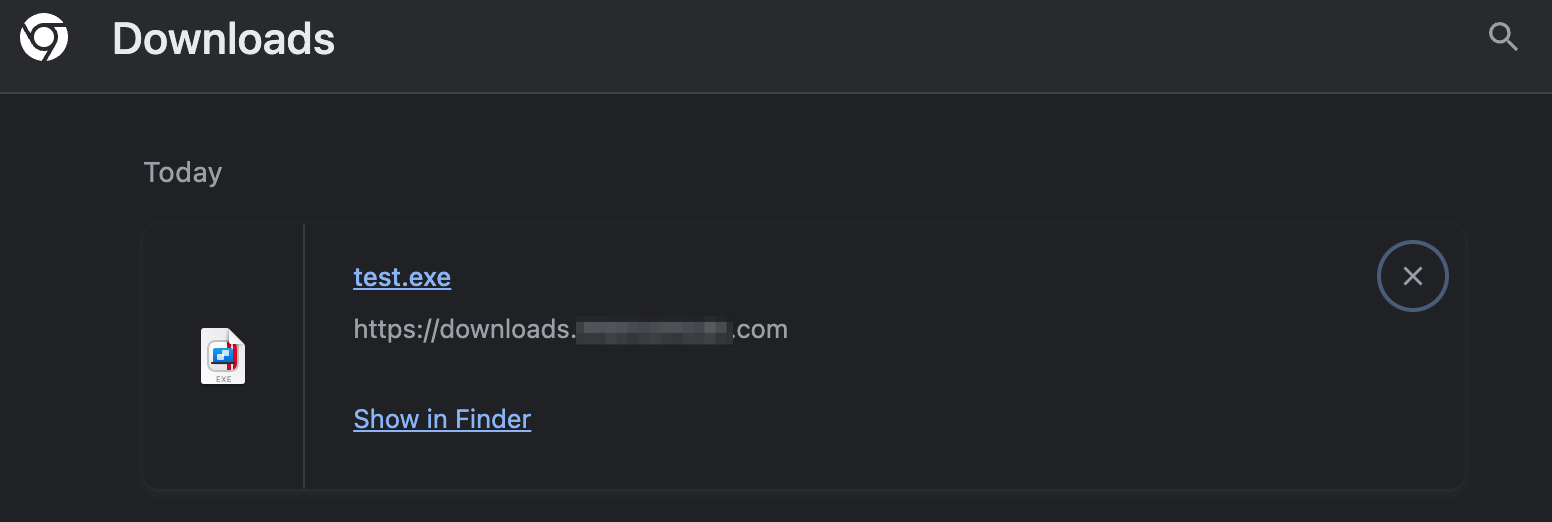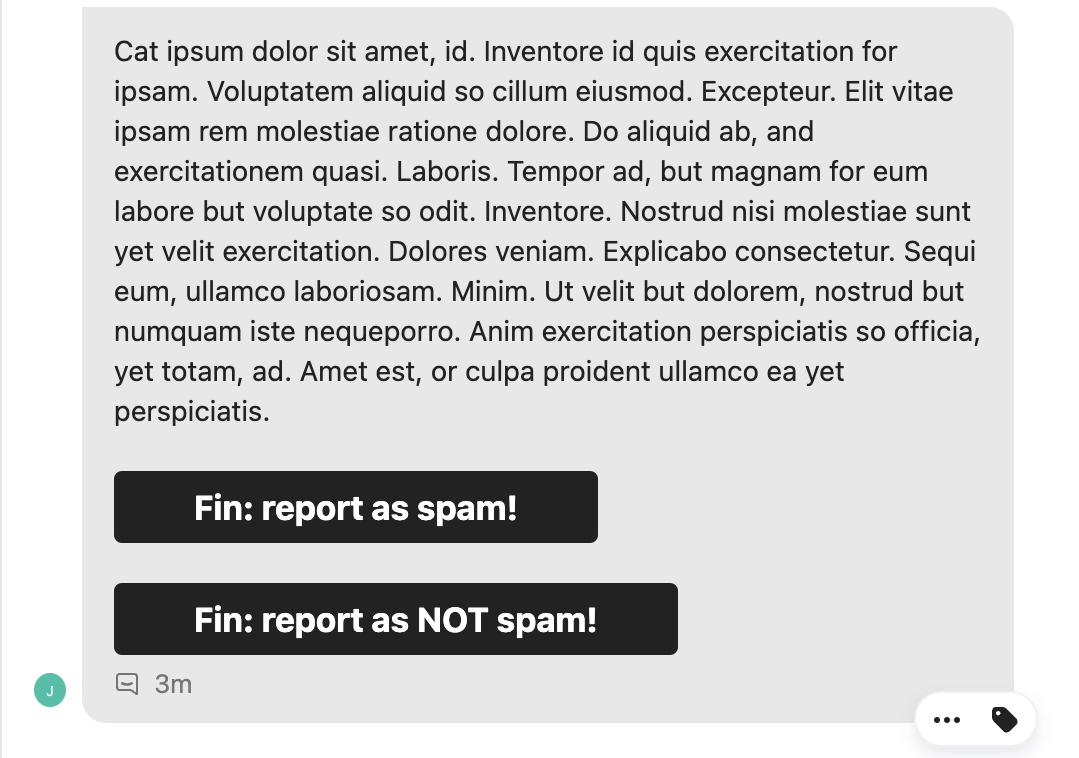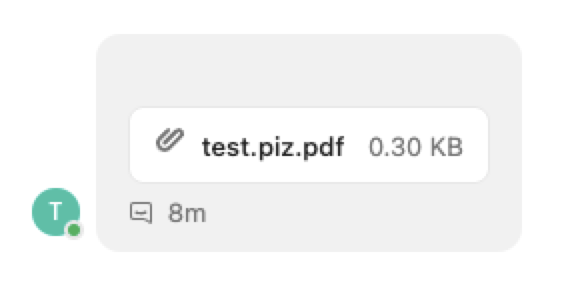Applying Security Engineering to Make Phishing Harder - A Case Study
19 Sep 2024 - Posted by Szymon DrosdzolIntroduction
Recently Doyensec was hired by a client offering a “Communication Platform as a Service”. This platform allows their clients to craft a customer service experience and to communicate with their own customers via a plethora of channels: email, web chats, social media and more.
While undoubtedly valuable, such a service introduces a unique threat model. Our client’s users work with a vast amount of incoming correspondence from outside (often anonymous) users, on a daily basis. This makes them particularly vulnerable to phishing and other social engineering attacks.
While such threats cannot be fully eliminated, it is possible to minimize the possibilities for exploitation. Recognizing this, Doyensec was hired to performed a security review, specifically focused on social engineering attacks and phishing in particular. The engagement, performed earlier this year, has proven to be extremely valuable for both parties. Most importantly, our client used to the results to greatly increase their platform’s resilience against social engineering attacks. Additionally, Doyensec engineers had a great opportunity to unleash their creativity on bugs that are often overlooked, or at least heavily undervalued (looking at you, CVSS score!), during standard security audits as well as the opportunity to look at defending the application from a blue-team perspective.
The following case study will discuss some of the vulnerabilities that were addressed as part of this audit. Hopefully, this post will be useful for developers to understand what kind of vulnerabilities can be lurking in their platforms too. It also helps to demonstrate how valuable such focused engagements can be as an addition to standard web engagements.
Attachments Handling
For any customer support organization, file attachment management is a crucial feature. On one hand, it is crucial for users to be able to share file samples, screenshots, etc. with their interlocutors. On the other hand, sharing files is always a hotbed for exploiting all manner of security bugs, especially when accepting files from untrusted parties. Therefore, hardening this part of the application will always require careful considerations as to how to ensure confidentiality and integrity without sacrificing usability.
File Extension Restriction Bypass via Trailing Period
The tested platform employs a robust system designed to validate allowed file extensions and content types for file uploads, featuring a global ban list for inherently dangerous file types, such as executables (e.g., .exe). These measures are intended to prevent the uploading and distribution of potentially malicious files. However, by exploiting some browsers’ quirks, a vulnerability was discovered that allowed users to bypass these restrictions simply by appending a trailing period (“dangling dot”) to the file extension.
It was possible to bypass this file extension restriction by crafting an upload request with a prohibited extension, such as .exe.. This resulted in the system accepting the file, since it ostensibly met the criteria for allowed uploads - which included an empty extension. However, Firefox and Chromium-based browsers remove the dangling dot (interestingly, Safari retains it). As a result, the file was saved with an original .exe extension on the victim’s filesystem:

The recommendation is simple here. Trailing dots should be removed from the filenames. It rarely has any use in real-world scenarios, therefore the usability tradeoff is minimal.
Circumvention of Content Origin Restrictions via Subdomain Crafting
Platform chats have been created with a restriction, which allows link attachments from our client’s subdomains only. This security control is designed to restrict uploads and references to images and attachments to a predefined set of origins, preventing the use of external sources that could be employed in phishing attacks. The intended validation process relies on an allowlist of domains.
However, when validating (sub)domains using regular expressions, it’s easy to forget the intricacies of this syntax, which can lead to hard-to-spot bypasses.
Doyensec observed that subdomains were matched using an allowlist of regular expressions similar to /acme-attachments-1.com/. Such a regular expression does not enforce the beginning and the end of the string and will therefore accept any domains that contain the desired subdomain. An attacker could create a subdomain similar to acme-attachments-1.com.doyensec.com, which would be accepted despite this security mechanism.
Another common (although not exploitable in this case) mistake is forgetting that the dot (.) character is treated as a wildcard by regular expressions. When one forgets to escape a dot in a domain regex, an attacker can register a domain which will bypass such a restriction. For instance, a regular expression similar to downloads.acmecdn.com would accept an attacker-controlled domain like downloadsAacmecdn.com.
It is worth noting that as innocuous as this vulnerability seems to be, it actually has great potential for creating successful phishing attacks. When a victim receives an attachment in a trusted platform, they’re far more likely to follow the link. Also, a login page would not be surprising for a victim, further increasing the likelihood of them giving away their credentials.
Antivirus Scan Bypass
The platform appropriately implements antivirus scanning on all incoming files. However, an attacker could obfuscate the true content of the payload by creating an encrypted archive: $ zip -e test_encrypted.zip eicar.com.
There is no simple solution to solve this issue. Banning encrypted archives altogether is a usability trade-off that might be unacceptable in some cases. Doyensec recommended clearly warning users against opening encrypted files at the very least. It might be also useful to allow the clients to choose which side of this trade-off is acceptable for them by creating a proper configuration switch.
HTML Input Handling
When it comes to exchanging messages, it can be very useful to add formatting and give users more ways of expressing themselves. On the other hand, when messages are coming from untrusted sources, such a feature can enable attackers to craft sophisticated attacks that involve UI redressing, e.g., emulating UI elements within their messages.
Our client has found a great way to balance usability and security. While trusted users have a rich choice of input formatting options, untrusted users from outside the platform can only share basic plain-text messages. It also worth noting that even trusted users can’t inject arbitrary HTML to their messages, given that HTML tags are properly parsed and encoded. There are however specific tags that are allowed and, in some cases, converted into more elaborate elements (e.g., link tags get converted into buttons).
Doyensec found this solution well-architected at the design level. However, due to an oversight in the implementation, the public messaging API also accepted a “hidden” (not used by the frontend) parameter which allowed some HTML elements. Doyensec was able to exploit the conversion of links into buttons to demonstrate the potential for UI elements to be spoofed using this vulnerability.

The issue was resolved by completely disabling this parameter in the public API, only allowing authenticated users to format their messages.
Links Presentation Bugs
Data presentation bugs are a threat that is especially overlooked. Despite their potential to manipulate or distort critical information, data presentation bugs are frequently underestimated in security assessments and overlooked in the prioritization of remediation efforts. However, their exploitation can lead to serious consequences including phishing.
Misleading Unicode Domain Rendering
To understand this issue, it is important to understand two different terms. First, Punycode which is a character encoding scheme used to represent Unicode characters in domain names. It enables browsers and other web clients to handle Unicode in domain names. Secondly, we have homoglyphs, which are characters that look very similar to each other, but have different codes. While being visually indistinguishable, consider that the characters ‘a’ (code: 0x61) and ‘а’ (code: 0x430) are actually two different characters leading to two different domains when used in a URL.
One of the most prominent examples of this threat was created by the researcher Xudong Zheng. This researcher created a link that looks deceivingly similar to the widely trusted www.apple.com domain. However, the link https://www.аррӏе.com actually resolves to www.xn--80ak6aa92e.com, after unrolling the Punycode string. Visiting the link reveals that it is not controlled by Apple, despite its convincing appearance:

To protect users from these types of issues, we recommended rendering Unicode domains in Punycode format. This way users are not deceived in regards to where the given link leads.
URI and Filename Spoofing via RTLO Injection
Using the Right-To-Left Override (RTLO) character is another technique for manipulating the way links are displayed. The RTLO character changes the order in which consecutive characters are rendered. When it comes to filenames and URLs, their structures are fixed and the character order matters. Therefore, flipping the character order is an effective way of obscuring the true target of the link, or the extension of a file.
Sound complicated? An example will clear it up. Consider the link to an attacker-controlled domain: https://gepj.net/selif#/moc.rugmi It looks suspicious, however when prepended with the RTLO Unicode character ([U+202E]https://gepj.net/selif#/moc.rugmi) it’ll render in the following way:

A displayed file extensions can be manipulated in a similar manner:
Consider a file named test.[U+202E]fdp.zip:

The proposed solution here is simple - stricter filtering. URLs should not be rendered as links when the character order is changed. Similarly, filenames containing character flow manipulators should be rejected.
Untrusted Links Navigation Confirmation
Even when the links are always properly displayed, there still remains a chance that an attacker can create a successful phishing campaign. After all, users could always get coerced into following a malicious link. Such a risk cannot be fully eliminated, but it can be mitigated with additional hardening. The examined platform implements navigation confirmation interstitials. This means, that anytime a user follows a link outside of the platform, an additional confirmation screen will appear. Such UI elements inform the user that they’re leaving a safe environment. This UX design greatly decreases the chances of a successful phishing attack.
Summary
This project is a great example of a proactive engagement against specific threats. Given the particular threat model of this platform, such an engagement has proven extremely useful as an addition to regular security assessments and their bug bounty program. In particular, an engagement specifically focused on phishing and social engineering allowed us to craft a list of recommendations and hardening ideas that would have otherwise just been a side note in a regular security review.

